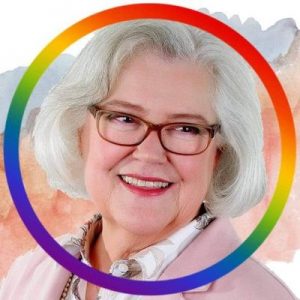Takeaway
To understand and better care for your patients, be curious about their life stories. Reflect on what you hear and consider the extent to which you are truly connecting.
When I was a new hospice nurse, I attended a care planning meeting at a long term care facility. The staff shared that they wanted to increase our patient’s anti-anxiety medication because she was being disruptive. She would flail her arms, hum and vocalize loudly, and was resistant to personal care. I felt myself getting a bit defensive of our patient, wanting to guard against overmedication.
“Do we know what the patient did for a living, or what her hobbies and interests were?” I asked.
The staff looked at me like I had lost the thread of what was important here, but I noticed that the chaplain slipped out of the meeting. My question had made him curious, so he called the family. He shared that the patient had been a professional opera singer.
We were all dumbstruck. The chaplain suggested that we bring in a CD player and see if opera music would make a difference. We found a CD of arias by the great diva Maria Callas. When we played it, the patient’s eyes lit up, and she began gesturing with her arms and humming along. She didn’t need more medication, she needed music. The patient continued to decline, but throughout the rest of her life, her beloved music was ever present, and her death was peaceful.
I created the CARE acronym as a reminder to keep me on track:
1. Connect
Connect with yourself first. Take a breath to center yourself.
Connect with your colleagues by asking how they’re feeling.
Connect with your patient by learning their passions in life.
2. Assess.
Ask your patient what matters most to them. Be curious about your patient and listen closely.
3. Respond instead of react.
Pause before speaking.
4. Evaluate yourself.
Did I connect with myself and others? Did I give myself time to assess what was really going on? Did I learn more about the patient? Did I respond with the patient’s goals in mind? Did I act with compassion?
Maybe the most important thing I learned while working in hospice is realizing that when I visit a patient, it might be the last time I’ll see that person. Using the CARE reminders helps me know that I’ve done my best, so that I can move forward to the next patient peacefully.
This piece expresses the views solely of the author. It does not represent the views of any organization, including Johns Hopkins Medicine.


